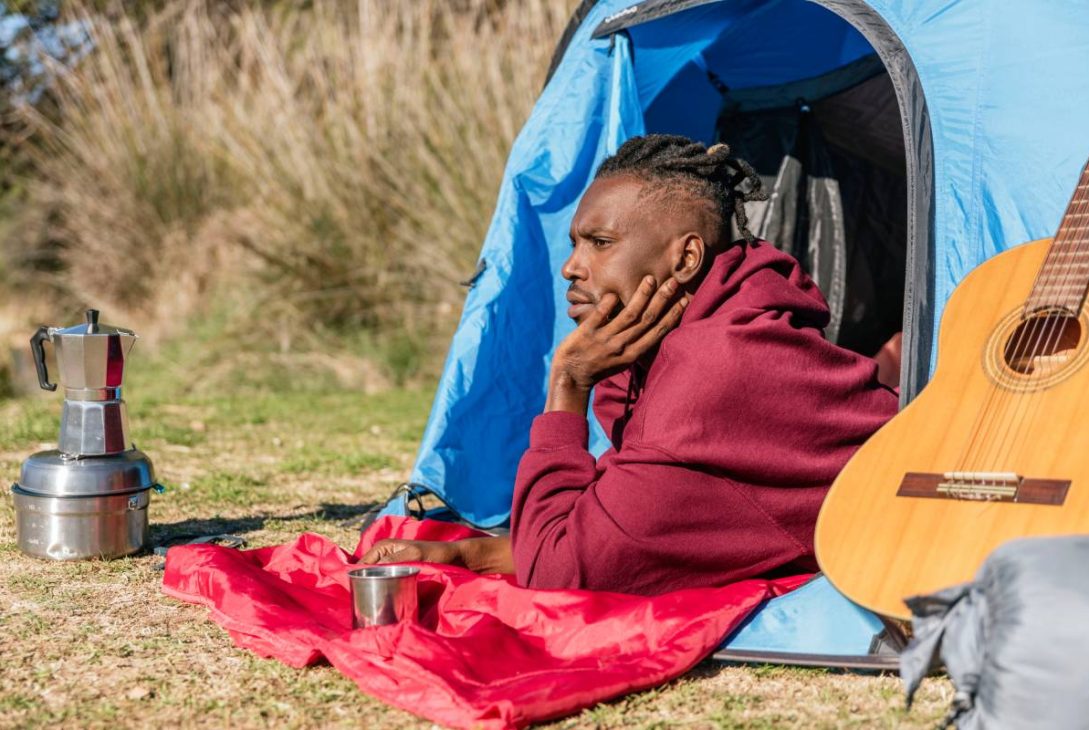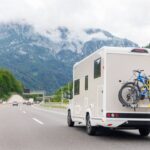Discovering Australia’s vast and diverse camping destinations is like embarking on a journey through nature’s finest creations. From the rugged outback to pristine coastal shores and ancient rainforests, the Land Down Under offers a wealth of camping experiences waiting to be explored.
In this article, we’ll delve into three distinct regions of Australia, each offering its own unique allure for camping enthusiasts: the iconic Great Ocean Road in Victoria, the rugged beauty of Kakadu National Park in the Northern Territory, and the breathtaking wonders of the Daintree Rainforest in Queensland.
But before Joining us as we embark on an adventure to uncover the best camping spots Australia has to offer, we need to know what we need and how to prepare before hitting the road for this summer camping adventure!
How do I prepare for camping?
Preparing for camping involves several steps to ensure a safe and enjoyable experience. Here’s a checklist to help you get started:
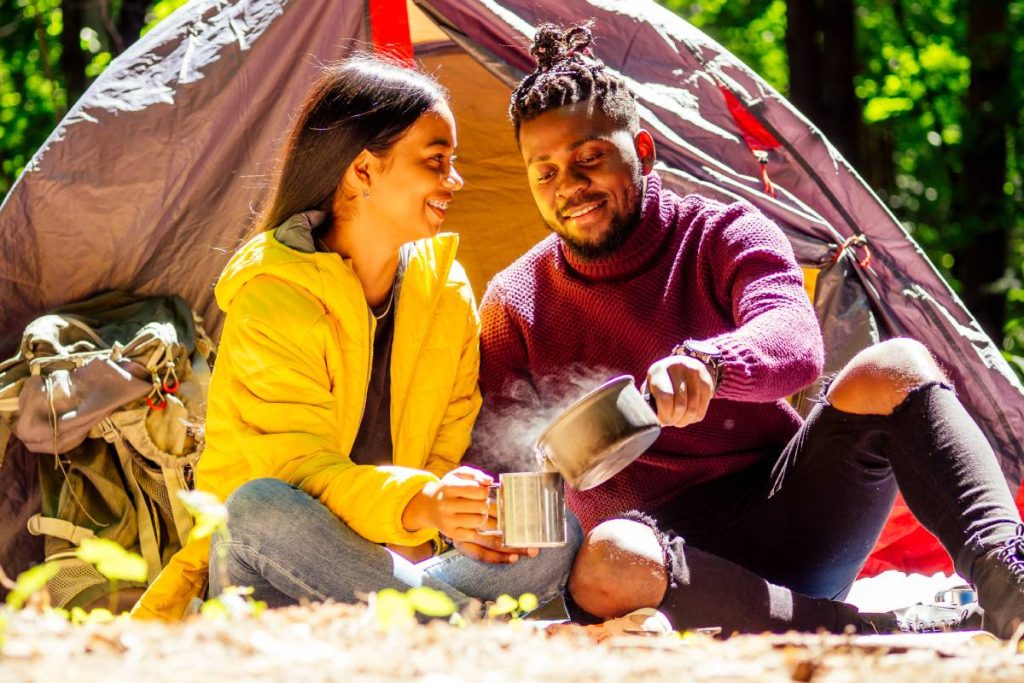
- Choose a Campsite: Decide where you want to camp. Research campsites in your desired area, considering factors like facilities, activities, and regulations.
- Make Reservations: If needed, book your campsite in advance, especially during peak seasons. Some campsites require reservations.
- Check the Weather Forecast: Stay updated on the weather conditions for your camping dates. This helps you pack appropriate clothing and gear.
- Pack Essential Gear:
- Tent: Choose a suitable tent size for your group.
- Sleeping Bags and Sleeping Pads: Ensure you have adequate insulation for warmth and comfort.
- Cooking Equipment: Stove, fuel, pots, pans, utensils, and matches/lighter.
- Food and Water: Plan your meals and bring enough food and water for the duration of your trip.
- Clothing: Pack layers suitable for the expected weather conditions.
- Lighting: Headlamps, flashlights, and extra batteries.
- First Aid Kit: Include essentials like bandages, antiseptic wipes, pain relievers, and any personal medications.
- Navigation Tools: Map, compass, or GPS device.
- Multi-tool or Knife: Useful for various tasks.
- Firestarter: Matches, lighters, or fire starter cubes.
- Trash Bags: Leave no trace by packing out your trash.
- Personal Items: Toiletries, sunscreen, insect repellent, etc.
- Plan Meals: Prepare and pack meals that are easy to cook at the campsite. Consider prepping some ingredients ahead of time to save effort at the campsite.
- Clothing: Pack appropriate clothing layers for the expected weather conditions. Include extra layers for warmth and rain gear if rain is forecasted.
- Prepare Your Vehicle: If you’re driving to the campsite, ensure your vehicle is in good condition and has enough fuel for the trip.
- Leave No Trace: Familiarize yourself with Leave No Trace principles and practice them during your camping trip to minimize your impact on the environment.
- Inform Someone: Let a friend or family member know your camping plans, including your itinerary and expected return date.
- Learn Basic Skills: If you’re new to camping, familiarize yourself with basic outdoor skills like setting up a tent, starting a campfire safely, and navigating using a map and compass.
- Safety: Review safety guidelines for camping, including wildlife safety, fire safety, and emergency procedures.
- Enjoy Yourself: Finally, relax and enjoy your time in nature! Disconnect from technology and take in the beauty of the outdoors.
What should I need to know before going camping?
Camping offers a unique opportunity to disconnect from the hustle and bustle of everyday life and reconnect with nature. However, to ensure a smooth and enjoyable experience, it’s essential to be well-prepared.
Before going camping, there are several key things you should know to ensure a safe and enjoyable experience:
- Campsite Regulations: Familiarize yourself with the rules and regulations of the campsite you plan to visit. This may include restrictions on campfires, quiet hours, and wildlife interactions.
- Weather Forecast: Check the weather forecast for the duration of your camping trip. Be prepared for changing weather conditions and pack appropriate clothing and gear.
- Campsite Amenities: Know what amenities are available at the campsite, such as potable water, restrooms, and trash disposal facilities. This will help you plan and pack accordingly.
- Leave No Trace Principles: Learn and practice Leave No Trace principles to minimize your impact on the environment. This includes packing out all trash, respecting wildlife, and staying on designated trails.
- Wildlife Awareness: Research the wildlife in the area where you’ll be camping and learn how to safely coexist with them. Store food securely to prevent attracting wildlife to your campsite.
- Emergency Preparedness: Be prepared for emergencies by bringing a first aid kit, knowing basic first aid skills, and having a plan for contacting emergency services if needed.
- Navigation Skills: Familiarize yourself with the area where you’ll be camping and bring navigation tools such as a map, compass, or GPS device. Know how to use these tools to navigate trails and find your way back to camp.
- Campfire Safety: If campfires are permitted, know how to safely build, maintain, and extinguish a campfire. Follow any regulations and guidelines for campfires in the area.
- Food Storage: Properly store food to prevent attracting wildlife to your campsite. Use bear-proof containers or hang food from a tree away from your tent.
- Water Safety: If you’ll be near water, know how to swim and follow water safety guidelines. Be cautious of fast-moving currents, submerged hazards, and changing water levels.
- Solo vs. Group Camping: Consider whether you’ll be camping solo or with a group, and plan accordingly. Solo camping requires additional self-sufficiency and safety precautions.
- Skills Practice: If you’re new to camping or trying out new activities like hiking or kayaking, practice basic skills beforehand to build confidence and competence.
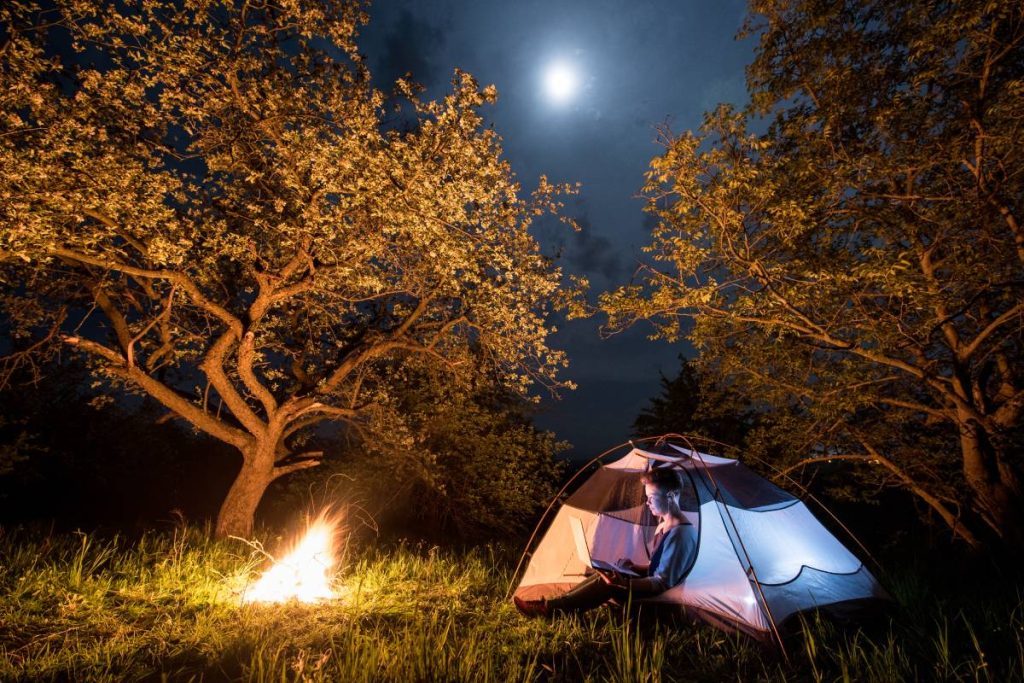
Before you head out, practice setting up your tent and other camping gear. This will help you familiarize yourself with the equipment and ensure a smoother setup process once you arrive at your campsite. If possible, set up your tent at home or in your backyard to troubleshoot any issues beforehand.
Safety should always be a top priority when camping. Familiarize yourself with basic wilderness safety tips, such as how to build a campfire safely, what to do in case of wildlife encounters, and how to administer first aid for common injuries. Carry a fully stocked first aid kit and know how to use it in case of emergencies.
When it comes to food, proper storage is essential to prevent attracting wildlife to your campsite. Use bear-proof containers if you’re camping in bear country, or hang food from a tree away from your campsite. Additionally, practice Leave No Trace principles by packing out all trash and minimizing your impact on the environment.
Emergency preparedness is critical when camping in remote areas. Before you go, let someone know your camping plans, including your intended route and expected return date. Carry a fully charged cell phone or a satellite communication device for emergencies, and know how to signal for help if needed.
Respect for nature is fundamental when camping. Keep a safe distance from wildlife and refrain from feeding or approaching them. Leave natural objects and wildlife undisturbed, and follow all posted regulations and guidelines to protect the environment for future generations.
Finally, know your limits and plan activities accordingly. Choose hiking trails and outdoor activities that match your fitness level and experience, and don’t push yourself beyond your capabilities. Remember, camping is about enjoying nature and creating lasting memories, so take the time to relax, unwind, and appreciate the great outdoors.
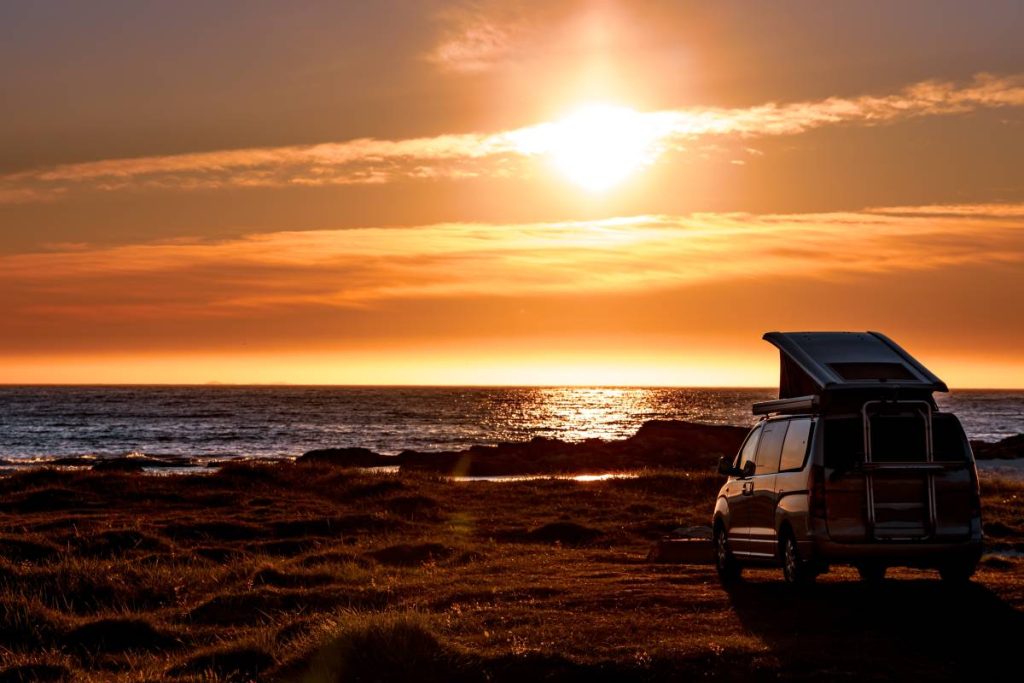
Where should I go camping in Australia?
Australia offers a diverse range of camping destinations, from coastal beaches to rugged outback landscapes. Here are some popular camping spots across the country:
- Great Ocean Road, Victoria: Camp along the stunning coastline and visit attractions like the Twelve Apostles and Great Otway National Park.
- Freycinet National Park, Tasmania: Explore pristine beaches, granite peaks, and turquoise waters while camping in this picturesque national park.
- Uluru-Kata Tjuta National Park, Northern Territory: Experience the iconic Australian outback by camping near Uluru (Ayers Rock) and Kata Tjuta (The Olgas) and witnessing breathtaking sunrises and sunsets.
- Fraser Island, Queensland: Camp on the world’s largest sand island and explore its unique landscapes, including rainforests, freshwater lakes, and dunes.
- Kakadu National Park, Northern Territory: Discover ancient Aboriginal rock art, diverse wildlife, and stunning landscapes while camping in this UNESCO World Heritage-listed park.
- Cape Range National Park, Western Australia: Camp along the pristine beaches of Ningaloo Reef, where you can snorkel with colourful marine life and even spot whale sharks during the right season.
- Wilson’s Promontory National Park, Victoria: Enjoy hiking trails, secluded beaches, and abundant wildlife while camping in this rugged coastal wilderness.
- The Grampians, Victoria: Camp amidst spectacular sandstone mountains, waterfalls, and wildflower-filled valleys, and explore hiking trails offering panoramic views.
- Daintree Rainforest, Queensland: Camp in the ancient Daintree Rainforest, one of the oldest tropical rainforests in the world, and explore its rich biodiversity and stunning landscapes.
- Flinders Ranges, South Australia: Set up camp in the dramatic landscapes of the Flinders Ranges, with opportunities for hiking, wildlife spotting, and stargazing in this remote wilderness area.
These are just a few examples of the many incredible camping destinations Australia has to offer. Whether you prefer coastal camping, outback adventures, or rainforest retreats, there’s something for every camping enthusiast in Australia.


